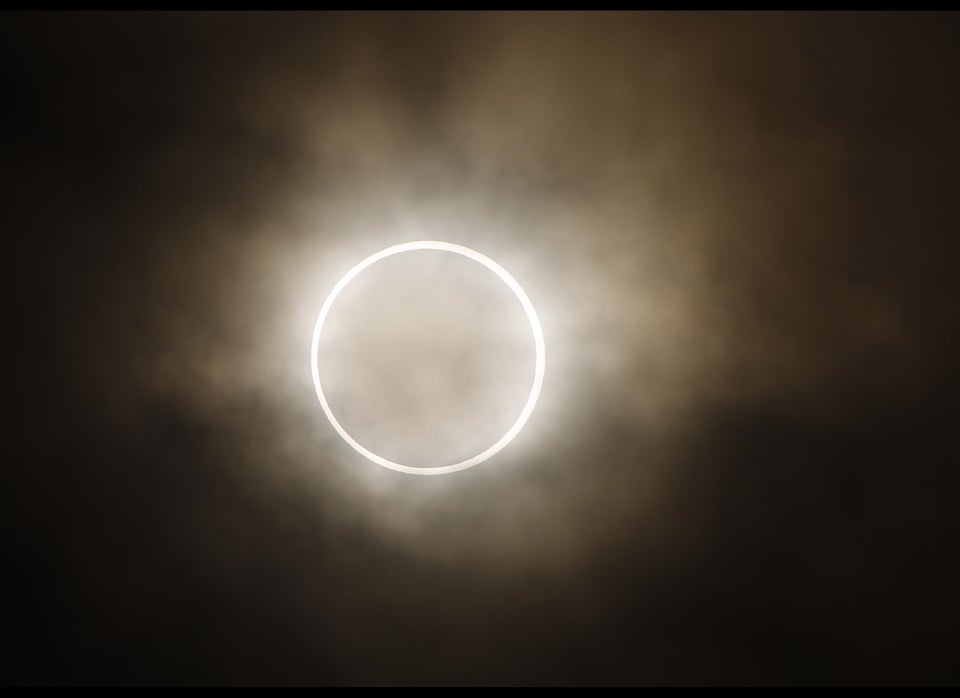
Tomorrow's total solar eclipse will be visible only from parts of northeastern Australia and the open ocean--although you can get a virtual view of the spectacle right here at HuffPost Science.
The eclipse will occur at approximately sunrise on Wednesday, Nov. 14, in Australia (Tuesday afternoon on Nov. 13 in the U.S.), according to National Geographic. HuffPost Science will feature live updates and streaming video of the eclipse starting Tuesday at 2:30 p.m. EST.
Of course, if you're lucky enough to be in Queensland, Australia, you can get a first-hand look.
"The best places on land to see totality is along 62 miles [100 kilometers] of coastline on northeast Australia, overlooking the Great Barrier Reef and the Coral Sea," Dr. Jay Pasachoff, an astronomer at Williams College in Massachusetts, told National Geographic. "Anywhere to the east, one has to be on a ship to see totality, and there are only a couple that will be in the path."
The moon's shadow will travel 9,000 miles over Earth's surface in just over three hours, EarthSky reports. The eclipse will begin at 5:45 a.m. (AEST) and finish at 7:40 a.m. During totality, several stars and planets will be visible.
The Australian city of Cairns will be the locale of choice--the only city in which the "totality" will be visible.
When viewing the total solar eclipse from the ground, it is imperative to wear proper eye protection and use lens filters so as to avoid permanent damage.
Solar eclipses occur when the moon passes between the Earth and the sun, casting a shadow over the Earth. A total solar eclipse blots out the sun entirely.
Solar eclipses are of interest not only to skywatchers but also to scientists, who use eclipses to gather astronomical data. Eclipses can be especially good opportunities for obtaining information on the solar corona, the sun's superheated outer layer.
"We get to study the motions and dynamics of the solar corona, the variations in temperature, the effect of the solar magnetic field on the corona, and other aspects that can only be done from the ground during an eclipse—not from a spacecraft," Pasachoff told NatGeo.
(Photo courtesy of Flickr user, Ashutosh Ojha.)

